Last updated on November 9th, 2024 at 06:11 pm
Thinking of visiting Borneo? Here’s all you need to know about the wildlife there and the ‘Borneo Big 5’.
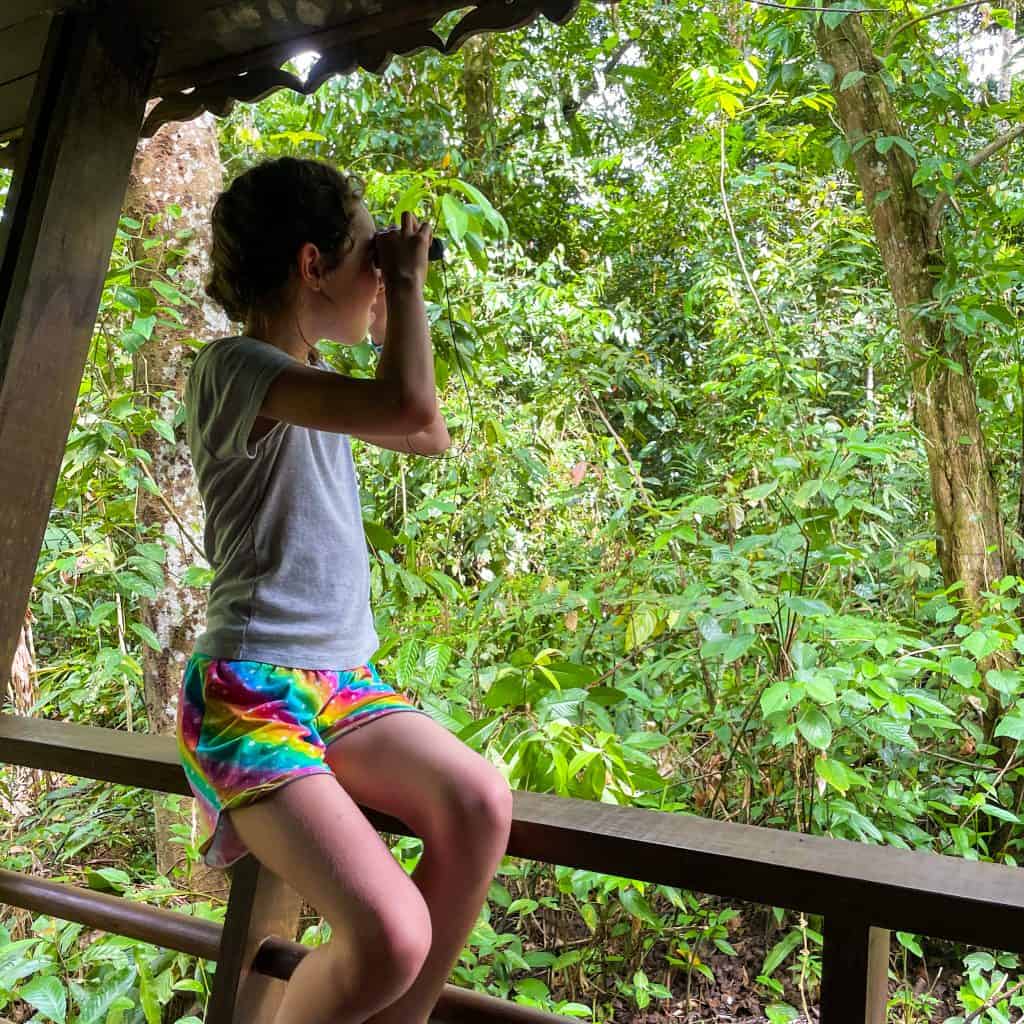
So, you’ve heard of the ‘Big 5’ game animals. You may even have heard of the ‘Aussie Big 5’ or the ‘North American Big 5’.
But have you heard of the ‘Borneo Big 5’? Yes, the third biggest island in the world is the home to 5 iconic and unique wildlife animals. Read on below to find out more.
Why should you head to Borneo with kids?
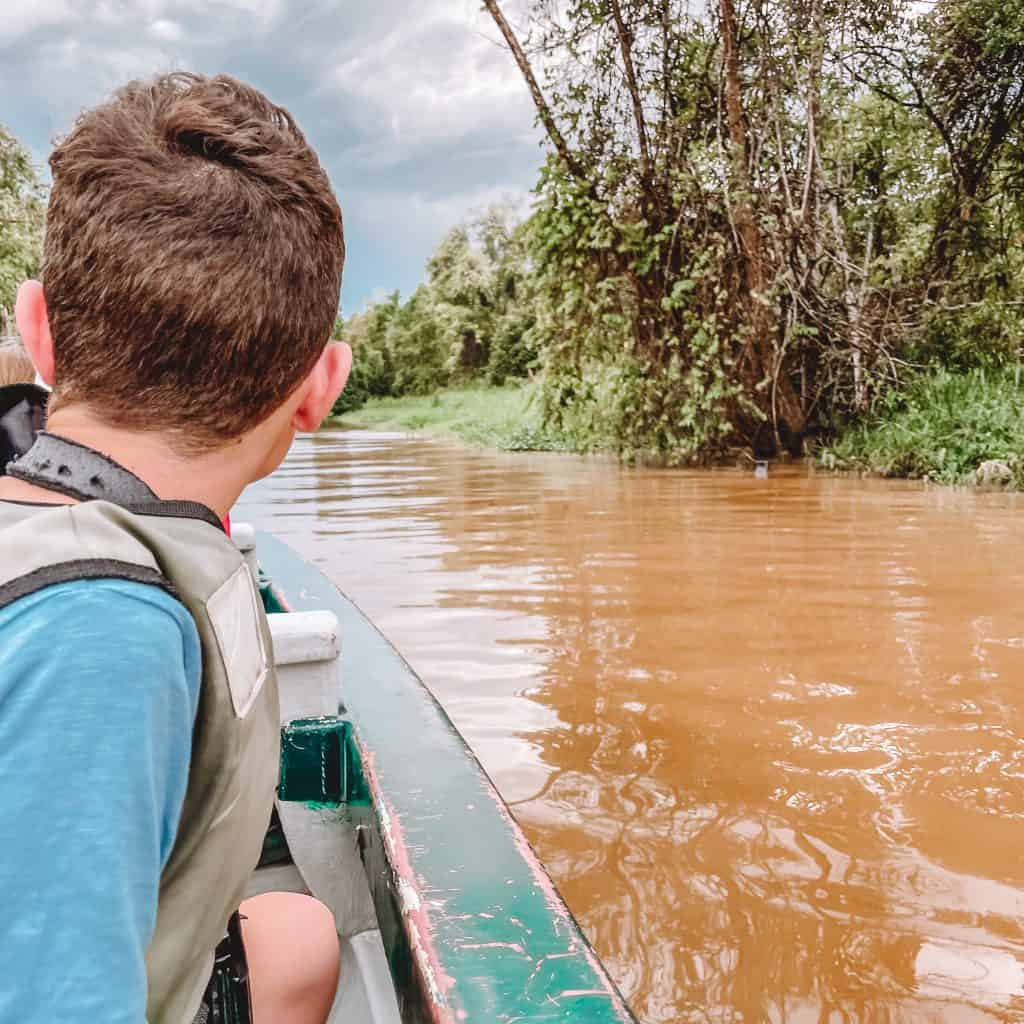
There are lots of reasons why you should consider a Borneo family holiday:
- It’s affordable
- It offers plenty of family-friendly hotels
- It has a multitude of opportunities for wildlife spotting (including orangutans of course)
- It boasts a varied and exotic landscape
- It offers the ultimate opportunity for your kids to see conservation in action
For more information about family-friendly holidays in Borneo, see Borneo with Kids and the Perfect Family Itinerary.
For where to stay in Borneo, take a look at my Borneo hotel recommendations – plus for when to plan your trip, take a look at the best time to go to Borneo.
Borneo airports
Borneo is ‘shared’ by the Malaysian states of Sabah and Sarawak (which occupy the northern third of the island), Indonesian Kalimantan (which covers most of the rest of the island) and the tiny oil-rich nation of Brunei (which sits within Sarawak).
From Kuala Lumpur, you can fly into Kota Kinabalu in Sabah, Kuching in Sarawek and/or the capital of Brunei, Bandar Seri Begawan. There are no direct flights to Kalimantan from Kuala Lumpur, so you will have to fly via Jakarta. Check out the following websites for flight information and details on Borneo airport connections:
- AirAsia (www.airasia.com)
- Singapore Airlines (www.singaporeair.com)
- Garuda Indonesia (www.garuda-indonesia.com)
For visa requirements, please refer to Government websites (in the UK, see www.gov.uk).
Which animals are included in the Borneo Big 5?
Borneo pygmy elephants
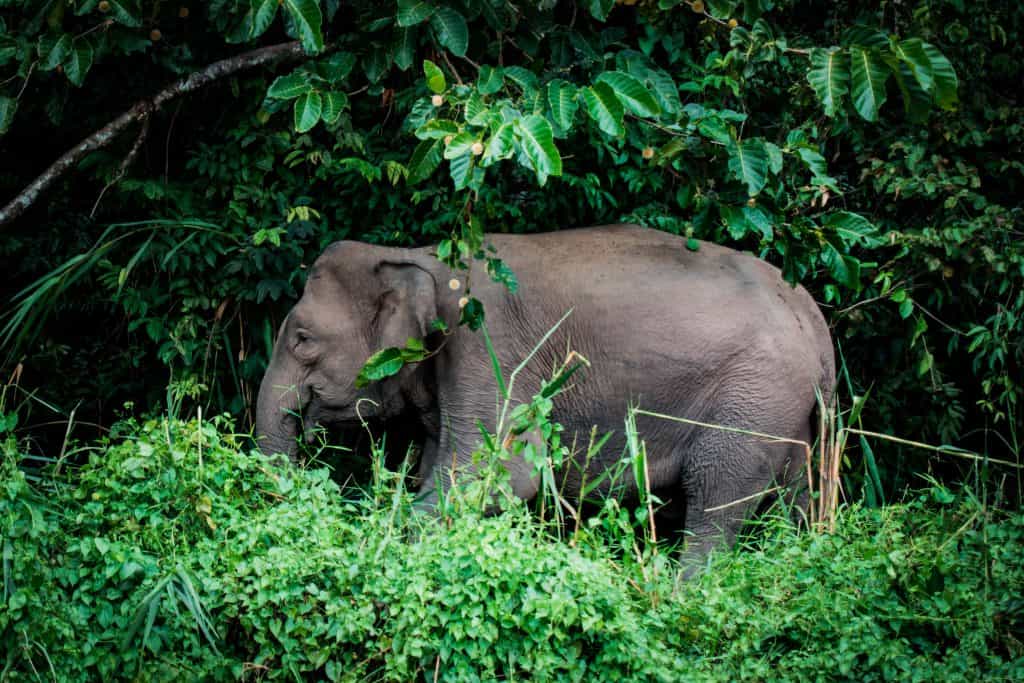
The Borneo elephant, also known as the Borneo pygmy elephant, is a sub-species of Asian elephant. It inhabits the forests of north-eastern Borneo.
These elephants are about a fifth smaller than mainland Indian elephants (hence the name ‘pygmy elephants’) but are still the largest mammal in Borneo. They have proportionally larger ears, longer tails and straighter tusks than their mainland cousins.
Borneo pygmy elephants are a critically endangered species, with only about 1,500 left in the wild. They are threatened by habitat loss and (like other species of elephants globally) hunting and poaching for ivory.
As a result of the small population size, and their shyness, it is often difficult to see Borneo pygmy elephants in the wild. They’re most likely to be found along the Kinabatangan River and in the Danum Valley, Tabin Wildlife Reserve and Deramakot Forest Reserve.
We managed to catch a glimpse of a herd of pygmy elephants during a boat trip along the Kinabatangan River.
Bornean orangutan
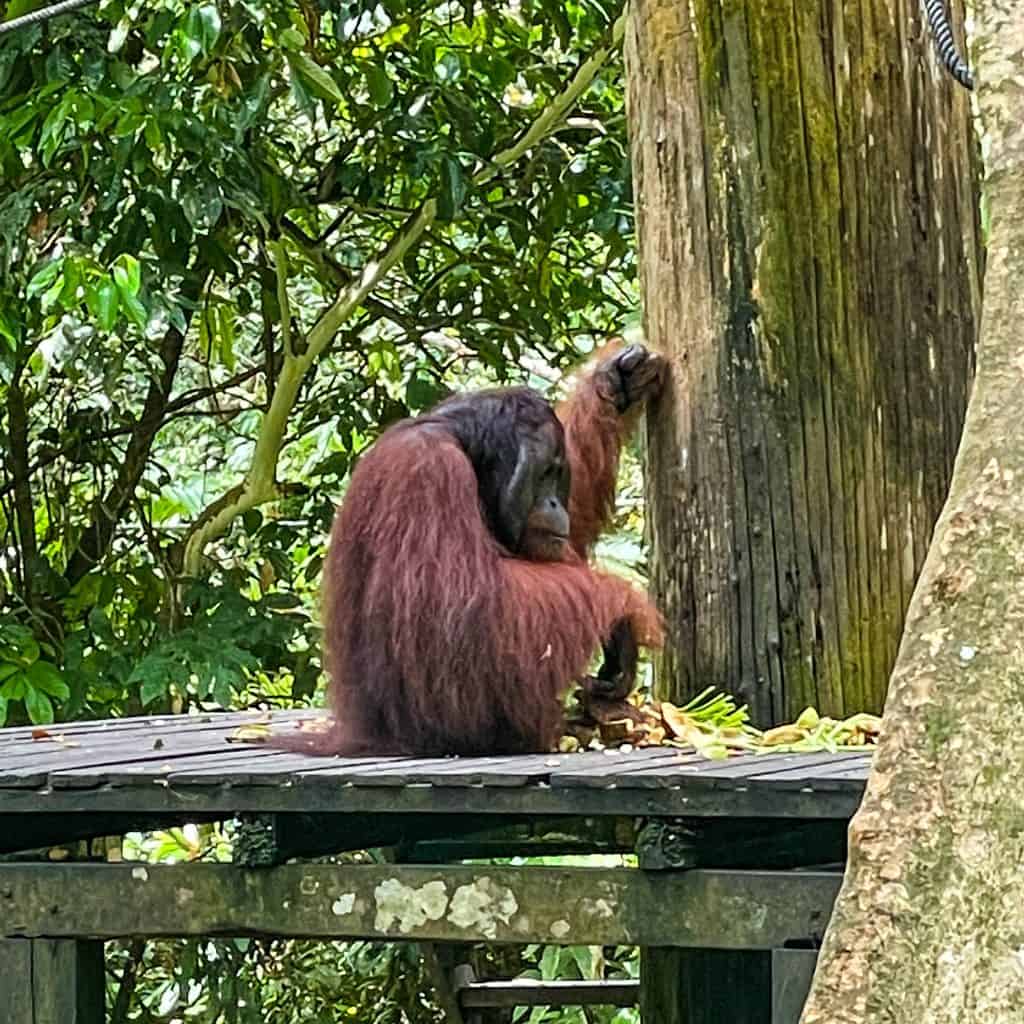
Known for their distinctive orange fur and long powerful arms, these great apes have often attracted attention in popular culture (anyone remember the orangutan in the Clint Eastwood film Every Which Way But Loose?). Orangutans are probably the most famous of the Borneo Big 5 animals.
Borneo has its own sub-species of orangutan, which can be found in the two Malaysian states of Sabah and Sarawak and four of the five Indonesian provinces of Kalimantan.
These incredible animals are critically endangered and have been seriously affected by habitat destruction caused by logging, and hunting. It is estimated that there are only about 100,000 Bornean orangutans in the wild. This is why conservation and rescue and rehabilitation efforts are so important to protecting these animals for generations to come.
The best places to see wild orangutans in Borneo are the Kinabatangan River, Danum Valley, Tabin Wildlife Reserve and Batang Ai. We stayed on the Kinabatangan River and managed to see both rescued and rehabilitated orangutans at the Sepilok Orangutan Rehabilitation Centre. We also heard a wild orangutan above our hut at the Sukau Rainforest Lodge.
Rhinoceros hornbill

There are eight different species of hornbill in Borneo. The name hornbill comes from their ‘casque’ or horn, a hollow structure on the top of the bill made of keratin (the same stuff our hair and nails are made of). It has a different form and colour in each species.
The rhinoceros hornbill is the most famous of Borneo’s hornbills given its size and very distinctive golden yellow horn. It is classified as ‘near threatened’ and, like other animals in Borneo, is affected by habitat loss and hunting.
Proboscis monkey

With the largest nose of any primate (including my husband), the proboscis monkey is one of the most unusual-looking monkeys in the world (and definitely the strangest-looking member of the Borneo Big 5).
It is also called monyet belanda (Dutch monkey) or orang belanda (Dutchman) in Malay / Indonesian. This is because local people thought this red-faced, pot-bellied monkey resembled Dutch colonists.
Proboscis monkeys can only be found in Borneo and are classified as ‘endangered’ (with an estimated population in the wild of 7,000). They can be found near rivers, coastal mangrove areas and swamps.
One of the best places to get up close to proboscis monkeys is the Labuk Bay Proboscis Monkey Sanctuary (www.proboscis.cc) located within an oil palm estate about 38km from Sandakan. In the mid-1990s, this 400-acre site was going to be cleared for the development of oil palm until the owner discovered that proboscis monkeys were living in the mangrove forest.
This sanctuary is home to about 150 proboscis monkeys who descend to the feeding platforms from the nearby forest up to four times a day. Troops of proboscis monkeys can also be found along the Kinabatangan River.
Estuarine crocodile
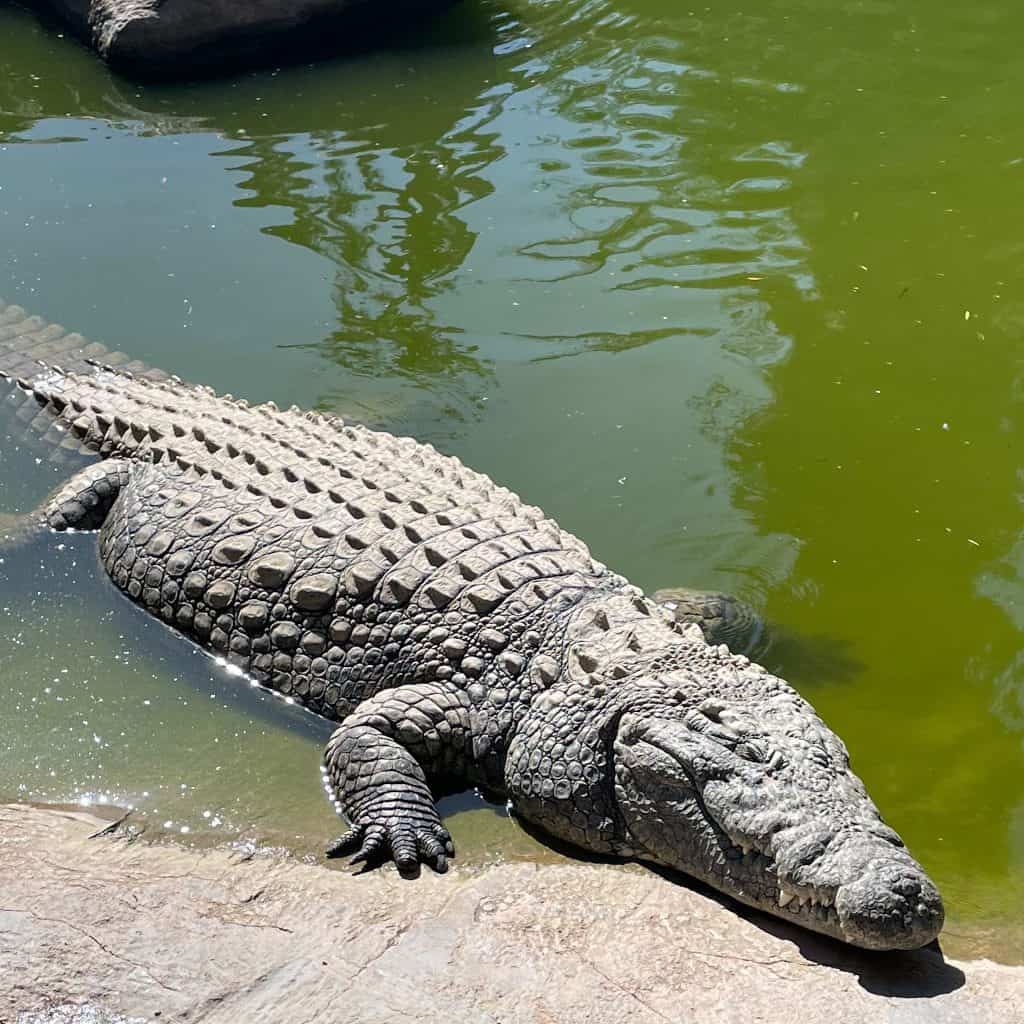
The last representative of the Borneo Big 5 is the estuarine or saltwater crocodile. These crocs can be found along most of the main waterways in Borneo along with Siamese crocodiles and the false gharial. You may be lucky enough to spot them on a river cruise (particularly on night cruises as their eyes appear red in torchlight).
We only managed to spot a baby croc during our three days on the Kinabatangan River, but at least we can say we completed the Borneo Big 5!
What other animals can you see in Borneo?
There is lots of other incredible wildlife in Borneo, including:
Sun Bear

You can find the smallest bear in the world in Borneo and other places in Southeast Asia. Sun bears have jet-black fur and an orange/cream-coloured crescent on their chest.
The Bornean Sun Bear Conservation Centre (www.bsbcc.org.my), which opened in 2008 and is next door to the Sepilok Orangutan Rehabilitation Centre, is a rescue and rehabilitation centre for orphaned and ex-captive bears.
The staff are particularly knowledgeable and can tell you the backstory of every sun bear there!
Hornbills
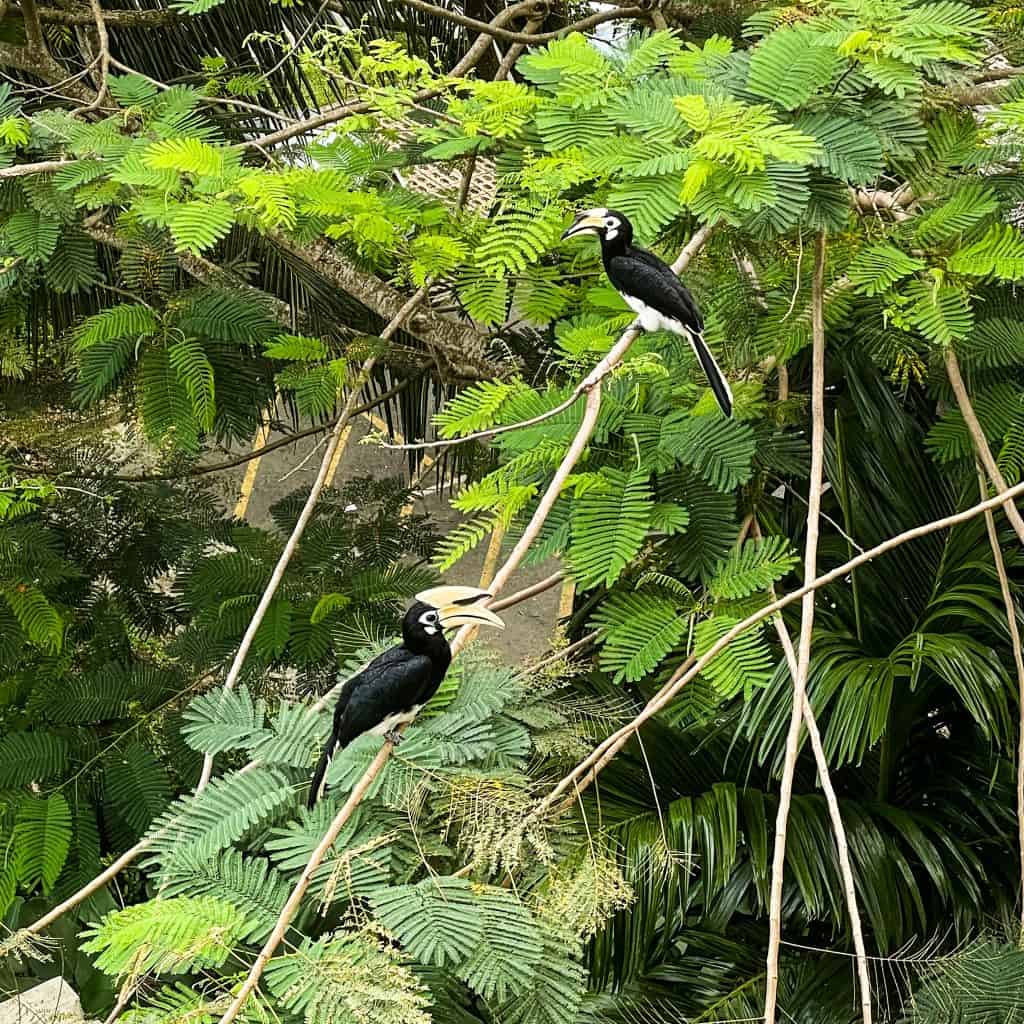
As mentioned above, there are eight species of hornbill in Borneo. These are the wrinkled hornbill, wreathed hornbill, rhinoceros hornbill, black hornbill, helmeted hornbill, oriental hornbill, white-crowned hornbill and bushy-crested hornbill. Have fun spotting them!
Clouded Leopard
This reclusive leopard can be found deep in the forests of Sabah. Like other species of leopard, it is incredibly rare to see one in the wild.
Snakes

Borneo is home to 24 species of snakes, 19 of which are aquatic. If like me, you have a phobia of snakes, there is no need to worry – they generally try to avoid humans if they can.
However, our children tried their best to find them! Our guide also told us about a flying tree snake landing on a Russian tourist’s chest a few years ago.
Conservation in Borneo
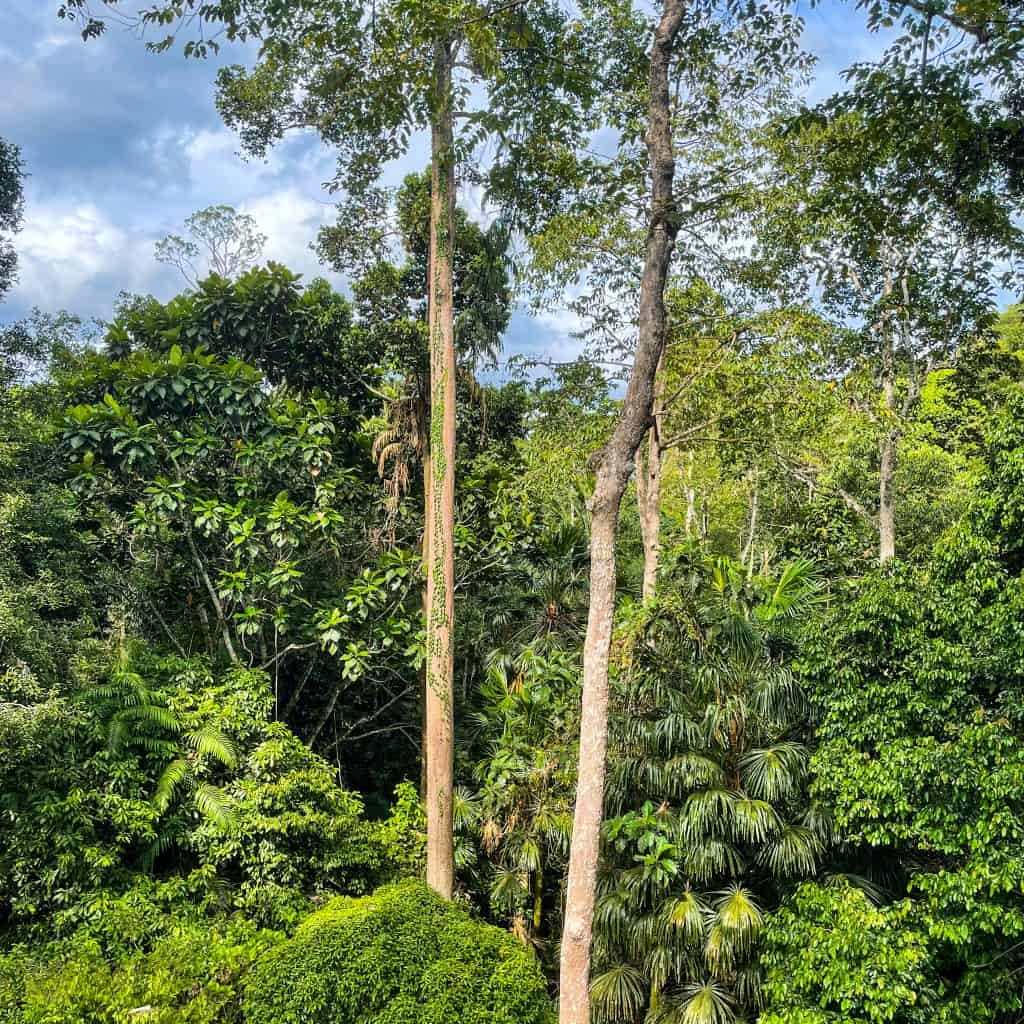
Borneo is home to the oldest rainforest in the world and one of its most biodiverse. Sadly, over the past 70 years, more than half of this rainforest has been destroyed to make way for oil palm plantations and farmland.
State governments are (slowly) waking up to the impact of deforestation on wildlife – as this affects the tourist industry. Conservation projects are seeking to educate the local population, protect existing rainforests and re-wild pockets of farmland.
We can only hope that Malaysia, Indonesia and Brunei take a leaf out of Costa Rica’s book and ensure that not only deforestation stops but reforestation happens too.
Have fun on your Borneo with kids trip – and good luck spotting the Borneo Big 5!

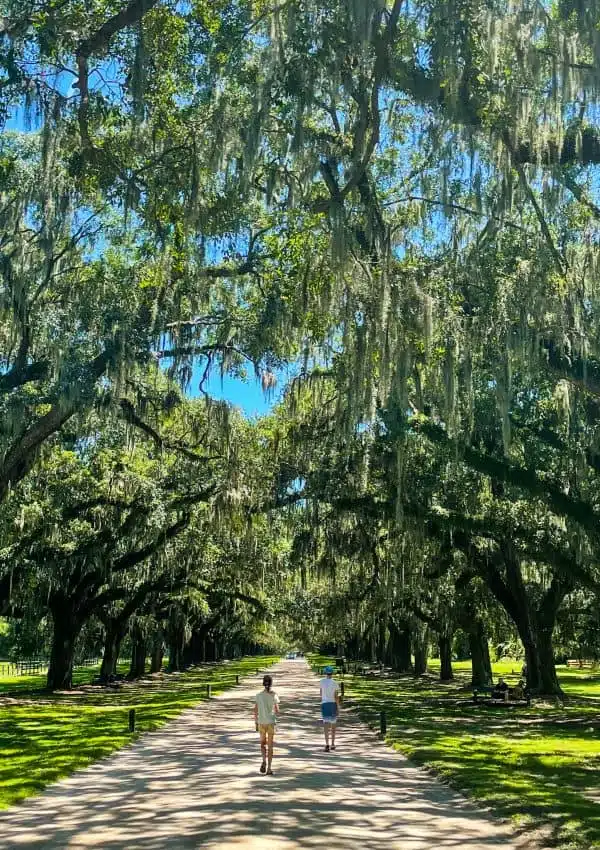
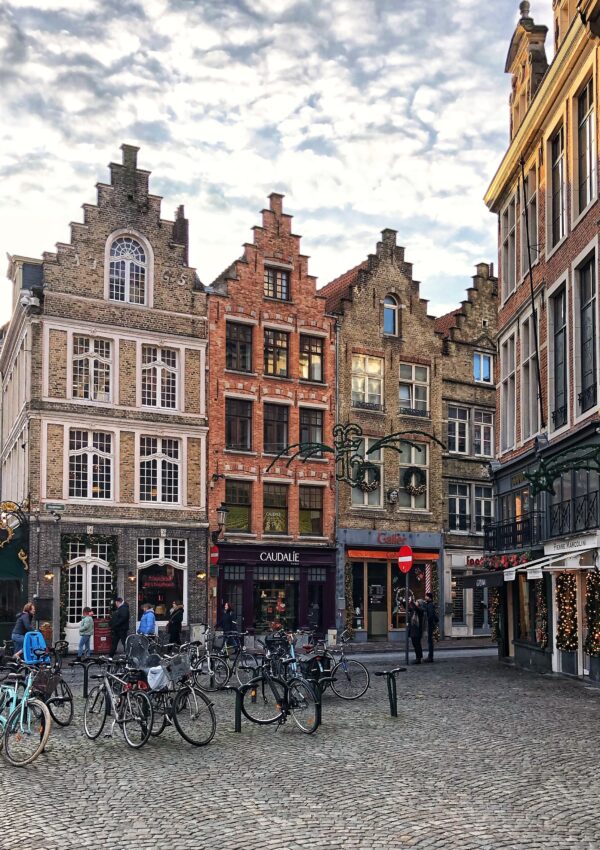


Leave a Reply
You must be logged in to post a comment.